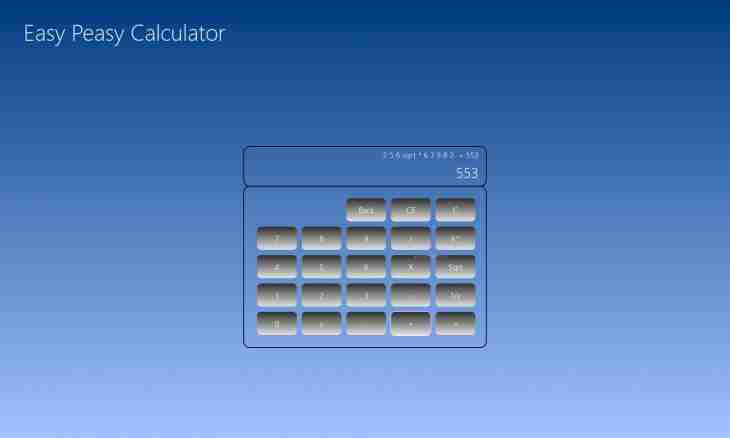Understand its length as the module of a vector. If there is no opportunity to measure it by a ruler, it can be calculated. When the vector is set by the Cartesian coordinates the special formula is applied. It is important to be able to calculate the vector module when finding the sum or the difference of two known vectors.
It is required to you
- vector coordinates;
- addition and subtraction of vectors;
- engineering calculator or personal computer.
Instruction
1. Determine vector coordinates in the Cartesian system. For this purpose parallel translation transfer it so that the beginning of a vector coincided with the beginning of the coordinate plane. Coordinates of the end of a vector in this case, consider coordinates of the vector. Other way is to subtract the corresponding coordinates of the beginning from coordinates of the end of a vector. For example, if began coordinates and the end are respectively equal (2;-2) and (-1;2), coordinates of a vector will be equal (-1-2;2-(-2))= (-3;4).
2. Define the module of a vector which is in number equal to its length. For this purpose square each of its coordinates, find their sum and take the square root d= from the received number √ (x²+y²). For example, the vector module with coordinates (-3;4) calculate by a formula d= √ (x²+y²)= √ ((-3)²+4²)= √ (25)=5 single pieces.
3. Find the module of a vector which is result of summation of two known vectors. Determine coordinates of a vector which is the sum of two data of vectors. For this purpose put the corresponding coordinates of the known vectors. For example, if it is necessary to find the sum of vectors (-1;5) and (4;3), then coordinates of such vector will be equal (-1+4;5+3)= (3;8). After that calculate the module of a vector by the technique stated in the previous point. To find the difference of vectors, increase coordinates of a deductible vector by-1 and put the received values.
4. Define the vector module if lengths of vectors of d1 and d2 which develop also a corner α between them are known. A parallelogram on the known vectors also carry out by Postoyte its diagonal, leaving a corner between vectors. Measure length of the turned-out piece. It will be the module of a vector which is the sum of two data of vectors.
5. If there is no opportunity to perform measurement, calculate the module. For this purpose square value of length of each of vectors. Find the sum of squares, from the received result take away the work of the same modules increased by a cosine of the angle between vectors. Their received result take the square root d= √ (d1²+d2²-d1∙d2∙Cos(α)).

